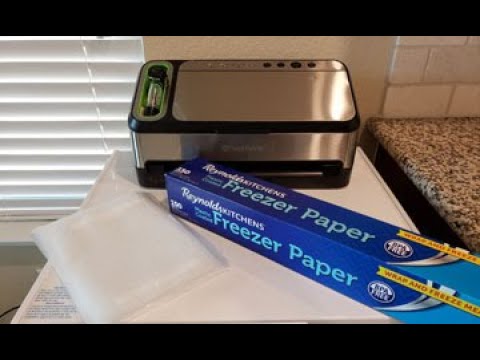You know you’ll need an emergency food store, but you may not know how to preserve them. The sort of survival food provisions purchased will often influence how they are stored and rotated to avoid spoilage. The most frequent kinds of emergency survival food are analyzed in the following sections, along with storage and rotation recommendations.

For three days, a single person can survive on the supplies included in most survival food kits. Every vehicle’s trunk and each family member’s emergency go bag should contain these items. Energy bars, which contain up to nine 400-calorie meals, can be kept in children’s backpacks, women’s handbags, and the glove compartment of every car. Short-term survival food kits take up very little room for storage and have shelf lives of up to 5 years. Foods should be examined on a regular basis to ensure that they are still safe to eat, but not as frequently as fresh foods since they aren’t a part of the everyday food supply. Before going camping or on lengthy drives, always double-check to see whether your emergency food supply is still fresh.
Some survival food kits are designed to feed a family for one week or more. These are wonderful for safeguarding you and your family from storms, earthquakes, and other natural catastrophes. As an example of what happens when relief comes too slowly, it took two weeks to reach New Orleans after Hurricane Katrina. When the trucks and trains are unable to deliver food and water to the city, grocery stores will be out of stock. In about three days, supplies will be exhausted and completely gone. Families should have a number of kits stashed throughout the house in key locations. In the event of a partial house collapse, you’ll want these items on hand to ensure that family members may get food. Supplies have a long lifespan in many cases, but they should be examined on a regular basis to ensure that they are still useable.

Long-term food survival solutions of three months or more necessitate additional storage capacity. Some families have dedicated an entire room to a huge survival food supply. This is the method to store sports equipment or anything else that requires a lot of shelving in small spaces. Newer goods are unloaded in the rear, and older products are relocated to the front of shelves. Families that do this on a regular basis rely on their long-term food storage to keep their supplies fresh. In an actual emergency, food may be rationed more meticulously, but it’s the same foods the family is used to eating.This is a fantastic technique to deal with food preservation while kids are young, when they might be unwilling to consume things they aren’t accustomed to eating.
It may be the difference between life and death for individuals who are in an emergency scenario. If you have decided to invest in an emergency food supply, make sure it is kept safely and checked on a regular basis to ensure that your family receives the protection you purchased for. The recommendations on the following pages should assist you in determining how to store and rotate your survival rations.







